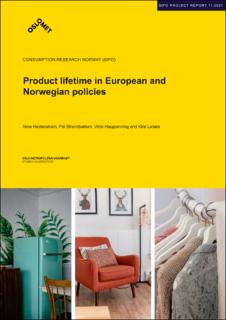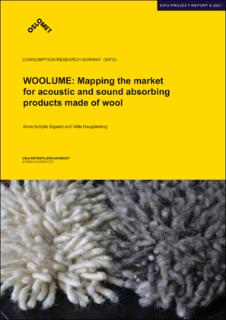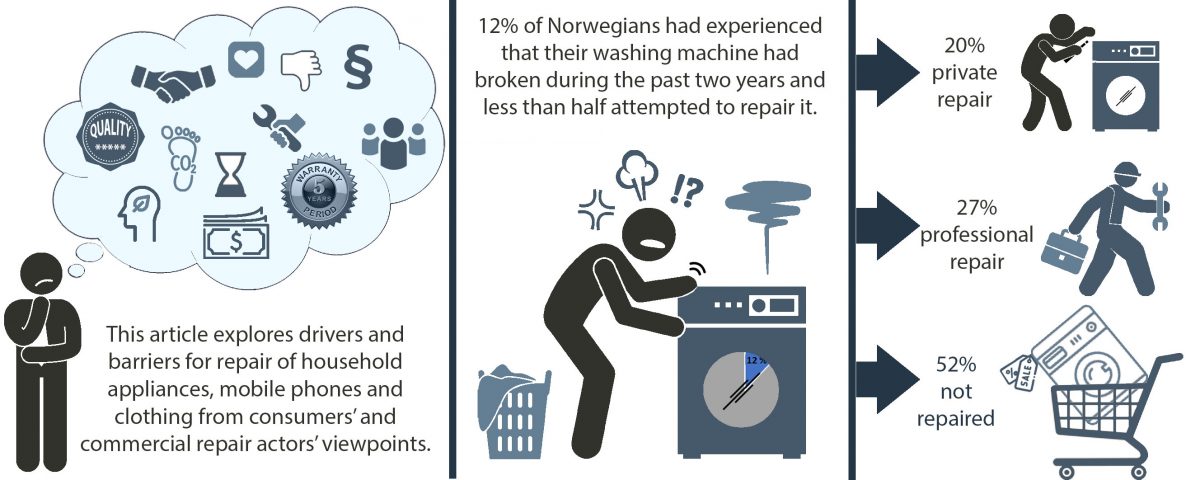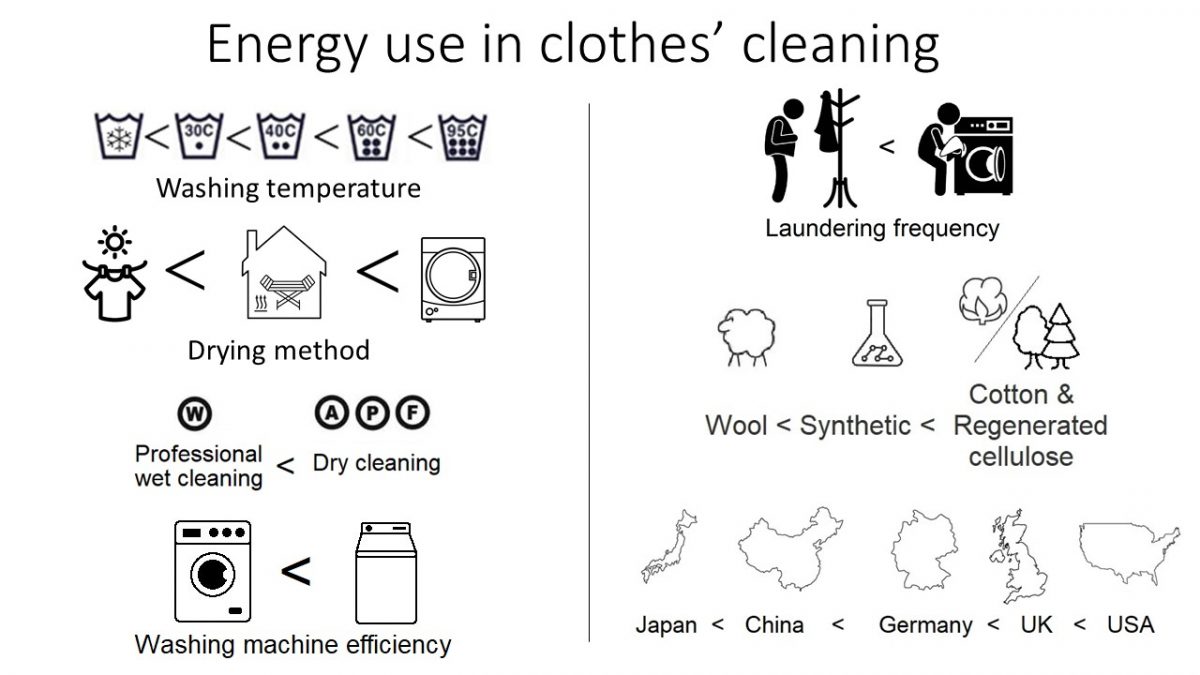Woolume: Potential new products from vacant wool
Anna Schytte Sigaard, Lisbeth Løvbak Berg and Ingun Grimstad Klepp
Summary
This report gives an overview of the market for alternative wool products with the perceived potential to be made using vacant wool. The work is based on a desktop study and interviews with manufacturers and distributors, focusing on products made of wool and their qualities. The report is the second deliverable from work package 2 of the WOOLUME project. The main goal of WOOLUME is to explore different ways of using wool from the Polish Mountain Sheep to achieve better utilisation of resources and value creation. Producers were identified that use wool as a material for products in the following categories: cultivation, soil improvement, insulation and personal hygiene as well as other new and alternative wool products. Findings show a range of products that take advantage of the many properties of wool, both aesthetic and technical. They also show that wool has the potential to replace synthetic materials in several applications and create truly circular products when treated in a way that preserves biodegradability. Though Merino wool dominates the wool market, several producers make use of other, local wool qualities and the interest for using the vacant wool, often discarded as a mere by-product of meat and dairy production, is growing. However, there is further potential for optimising resource utilisation in using vacant wool, in particular, non-spinnable wool with a higher fibre thickness, in products where the fineness and spinnability of merino wool are not required.





